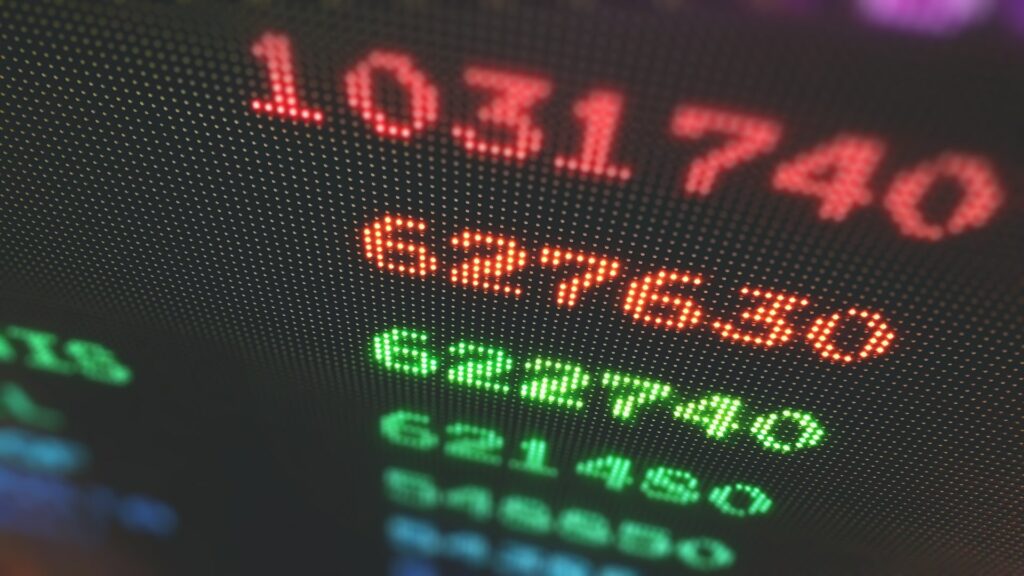ETFs, or “exchange-traded funds,” are precisely what their name suggests: funds that trade on exchanges and typically track a certain index. When you buy an ETF, you obtain a collection of assets that you may buy and sell during market hours. That’s how you can possibly minimizing your risk and exposure while also diversifying your portfolio.
In contrast to mutual funds, which only trade once a day after the market closes, ETF share values fluctuate throughout the day when the ETF is acquired and sold.
ETFs can hold a variety of investments, such as stocks, commodities, or bonds; some are limited to the United States, while others are global.
What is the average return on an ETF? The S&P 500 is the benchmark standard for the ETF. Typically, the average has dropped to approximately 10 percent. Thus, the average is around 10%.
Although the ETF is intended for individual investors, institutional investors play an important role in ensuring the ETF’s liquidity. Also, in tracking integrity by purchasing and selling creation units, which are huge blocks of ETF shares that may be swapped for baskets of the underlying assets. When the price of an ETF deviates from the underlying asset value, institutions use the arbitrage mechanism provided by creation units to bring the ETF price back into line.



